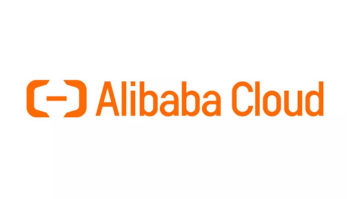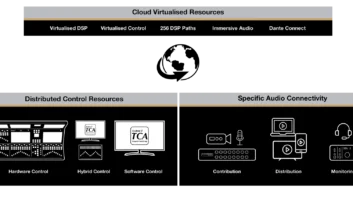
By Jamie Mackinlay, SVP, sales and marketing, PayWizard
As the TV industry moves towards a more software based operating environment, more and more companies are turning to the cloud. And with benefits like on-demand capacity and pricing, it is easy to see why the cloud is a tempting draw for content creators, distributors and media service providers. But for content-centric companies, the cloud brings much more to the table, helping simplify subscriber management and billing tasks that have traditionally proven complex and expensive to do in-house.
An early poster child for the power of the cloud is Netflix, its rise owing much to its first mover advantage but also its innovative use of the cloud. When Netflix launched in 1999, the company simply shipped out DVDs as part of a monthly subscription service – it was only at the start of 2008 that the company started streaming video from its own data centre. But as Yury Izrailevsky, Netflix’s VP of cloud and platform engineering explains, operating a data centre, “…is just a disruption for us.” This became evident when a database corruption in mid-2008 stopped the company from shipping its DVDs and streaming video “…for several days”, which prompted the move to cloud. A year later, Netflix moved its transcoding operations into the cloud and by 2010 its video streaming went to the cloud too. Today the SVoD service now accounts for approximately 90 per cent of its 53 million global subscribers, which is likely to hit 100 million by 2017.
Although a pioneer in the space, Netflix is not alone in embracing the cloud. In the ultimate irony, Netflix’s cloud provider is Amazon Web Services, the pragmatic business arm of online retail giant Amazon, which also has its own rival SVoD and TVoD streaming service. Google, both for its own fledgling video and its omnipotent YouTube service, use a scalable cloud platform. Across many regions, others are emulating both the Netflix business model and behind the scenes cloud usage. Videofutur and FilmoTV in France and Spark New Zealand are just a few examples of similar models.
However, it’s not just the SVoD market that is adopting cloud. Higher up the chain, companies like Movideo a provider of media services to customers across Asia including Network Ten in Australia, MNC Indonesia and Astro Malaysia have partnered with Microsoft’s Azure cloud to deliver a range of video platform and SaaS services. The goal to monetise content, reduce costs and rapidly scale more effectively goes far beyond the delivery of on-demand video services. To meet the growing demand for cloud-based solutions, a multitude of technology vendors are offering a wide range of cloud based transcoding, content management platforms, distribution and workflows delivered as services from private and public cloud platforms.
However, where it gets interesting is in the use of cloud-based technologies for areas that have tended to become a burden for content centric organisations. In fields such as subscriber management, customer service and billing; the notion of cloud-based and Software-as-a-Service is allowing both established and new broadcasters to significantly reduce their costs.
For new OTT entrants from the content side, the ‘backend’ process of onboarding subscribers, setting up and taking single and regular payments is not a simple task. Not only are the process steps numerous, they also depend on factors like viewing device, currency, country of origin and rights restrictions. For multinational services, both local and international financial services regulations and best practice can also be tricky to navigate. And this is where the cloud comes in – the cloud can enable tight integration that binds disparate and discreet functions into a manageable framework. For example, the sign-up process for new subscribers can enable conditional access systems to provide an ongoing feed into other financial analytical systems, allowing operators to better understand the core commercial metrics such as content usage and subscriber patterns.
Irrespective of whether it’s private, public or hybrid cloud, the evidence suggests that the cloud provides an effective way to manage content and as a method of scaling critical business processes such as billing and customer support. It’s an innovative model that is clearly growing across the industry. However, it is worth considering that not all cloud technology is created equally. Services with large initial upfront costs and inability to seamlessly scale but resplendent with the cloud moniker should be treated cautiously. Instead, a consideration of the attributes of a technology offering such as rapid deployment, interoperability with other advanced technologies combined with a cost structure that scales in line with business growth is a fundamental requirement and ultimately will deliver a true cloud revolution to the monetisation of content.







